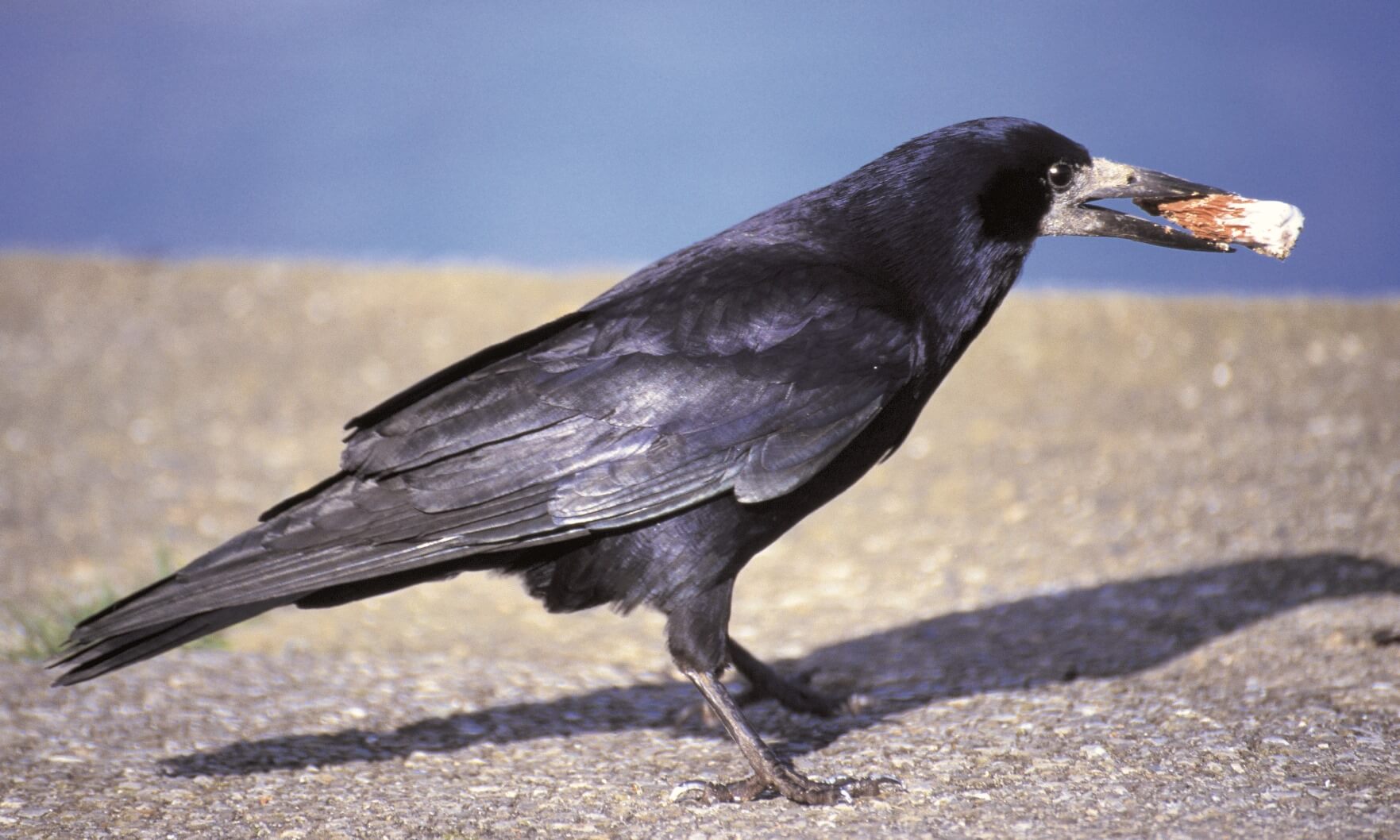Teen Climber Survives Deadly Everest Avalanche
Source: CNN
Matt Moniz was named “Adventurer of the Year” in 2010 by National Geographic when he was just 12! At 17 years old he realized his dream to climb Mount Everest but was also caught up in a deadly avalanche.












